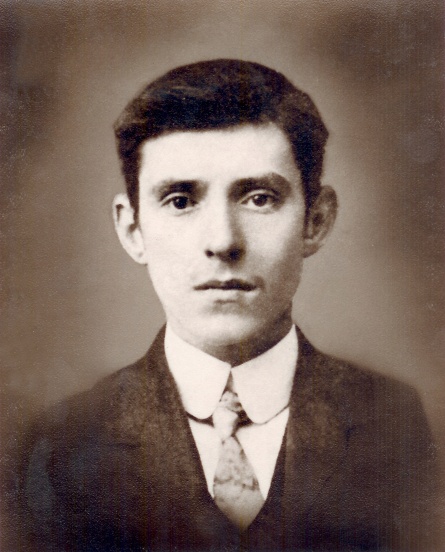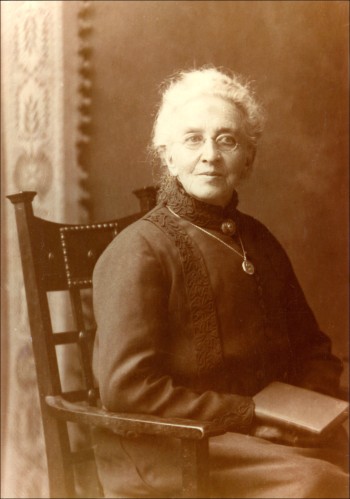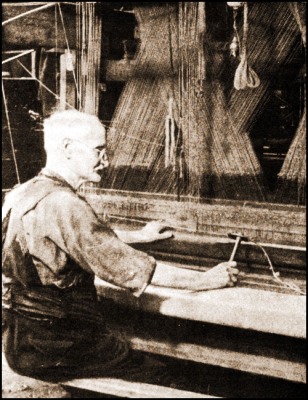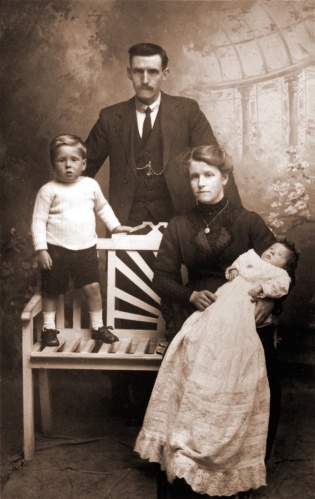My eyes welled with tears as I held the worn gold locket in the palm of my hand, letting its chain dangle through my fingers. I circled my thumb over its smooth oval surface, pausing over the tiny diamond chip that glinted from its center. “I’ve been saving it for you for Mother’s Day,” my mother explained, her voice quavering a bit at the end. “I planned to give it to you after you wrote my mother’s history.”
I clicked open the lid with my thumbnail, revealing tiny sepia photos of my grandparents, Bill and Bella Miller, taken in Scotland around 1910, the time of their marriage. The photos were small versions of formal portraits taken in a photographer’s studio, Bill in a dark suit and light tie, and Bella with her hair swept softly under a large hat with a fashionable feather plume, the locket hanging from her neck. Their eyes look serious, scared. Bill was a coal miner, the son and grandson of coal miners. His petite, pretty bride descended from a line of coal miners. Life had not been easy.

Bella Bullock Miller 1887-1943

William Russell Miller 1887-1935
My grandparents immigrated to the United States in 1922 to secure a better life for their growing family. They settled in Pennsylvania for a while, where Bill worked in the anthracite coal mines, and then migrated to California, where the Depression sucked away their livelihood and spoiled their dreams. When their situation became desperate, they tried to hawk the locket for food money. Bill took it to a pawn broker, who cut a tiny chip from the edge to measure its worth.



